Polaroid I-2 review: advanced but expensive
Polaroid I-2: One-minute review
Polaroid has a long and winding history. Founder Edwin Land launched the world's first instant camera (the Model 95) and film in 1948 at a Boston department store, and it was an instant success. The company managed to endure throughout the film era, but it filed for bankruptcy in 2001 and again in 2008 – when the production of its instant film stopped.
A whole host of bizarre products were then created under the Polaroid brand, from cheap DVD players to the Polaroid Snap Android smartphone. It wasn't until 2017 that Polaroid received backing from a shareholder of The Impossible Project, first becoming Polaroid Originals, then in 2020 going back to the original Polaroid name. Quite the tumultuous journey.
Polaroid has been making a steady comeback in the last few years, launching the Polaroid Now, Now+ and tiny Polaroid Go, which are some of the best instant cameras around today. By contrast, the latest Polaroid I-2 is more grown-up, more expensive and more advanced – in fact, it's the first instant camera to offer fully manual exposure controls. It’s also well connected, working with the Polaroid smartphone app via Bluetooth to enable remote shooting.
But that doesn't mean it's lost its retro charm. When Techradar's Lance Ulanoff tried out the Polaroid I-2 before me, he says he was instantly transported to a simpler, happier time. And I have to say that I agree. It's a well-crafted camera that Polaroid says is "designed for craft", but it won't suit everyone.
Its price is enough to put off amateurs, but for true Polaroid fans, or those who want to take their instant photography more seriously, the I-2 is a joy to use – as long as you're prepared to experiment, and to shell out for Polaroid film.
Polaroid I-2: Price and release date
The Polaroid I-2 was launched on September 7, 2023, and is available now directly from the Polaroid website, as well as from photography retailers for $599 / £599 / AU$1,095 at the time of writing – a talking point in itself.
For the same money as a single Polaroid I-2, you could pick up four Polaroid Now+ cameras, or eight Instax Mini 12s (with some cash to spare on film), or put the cash towards one of the best mirrorless cameras instead. It’s hard to see a justification for the I-2's price tag, and the price alone will put off many users, and that's not even factoring that each Polaroid print costs significantly more than Fujifilm Instax alternatives.
That said, the I-2 hasn't been designed for mass-market, Instagram-generation appeal. It's a more unique and refined proposition than its Instax rivals, and I don't say that with scorn, as I happily own the Instax Mini 40 and Mini 90 myself. I just believe there are enough photographers who are attracted to the history and craft of analog instant photography to splurge on the camera. And if money is no object, I'd say the Polaroid I-2 is the best instant camera you can buy.
Polaroid I-2: Specs
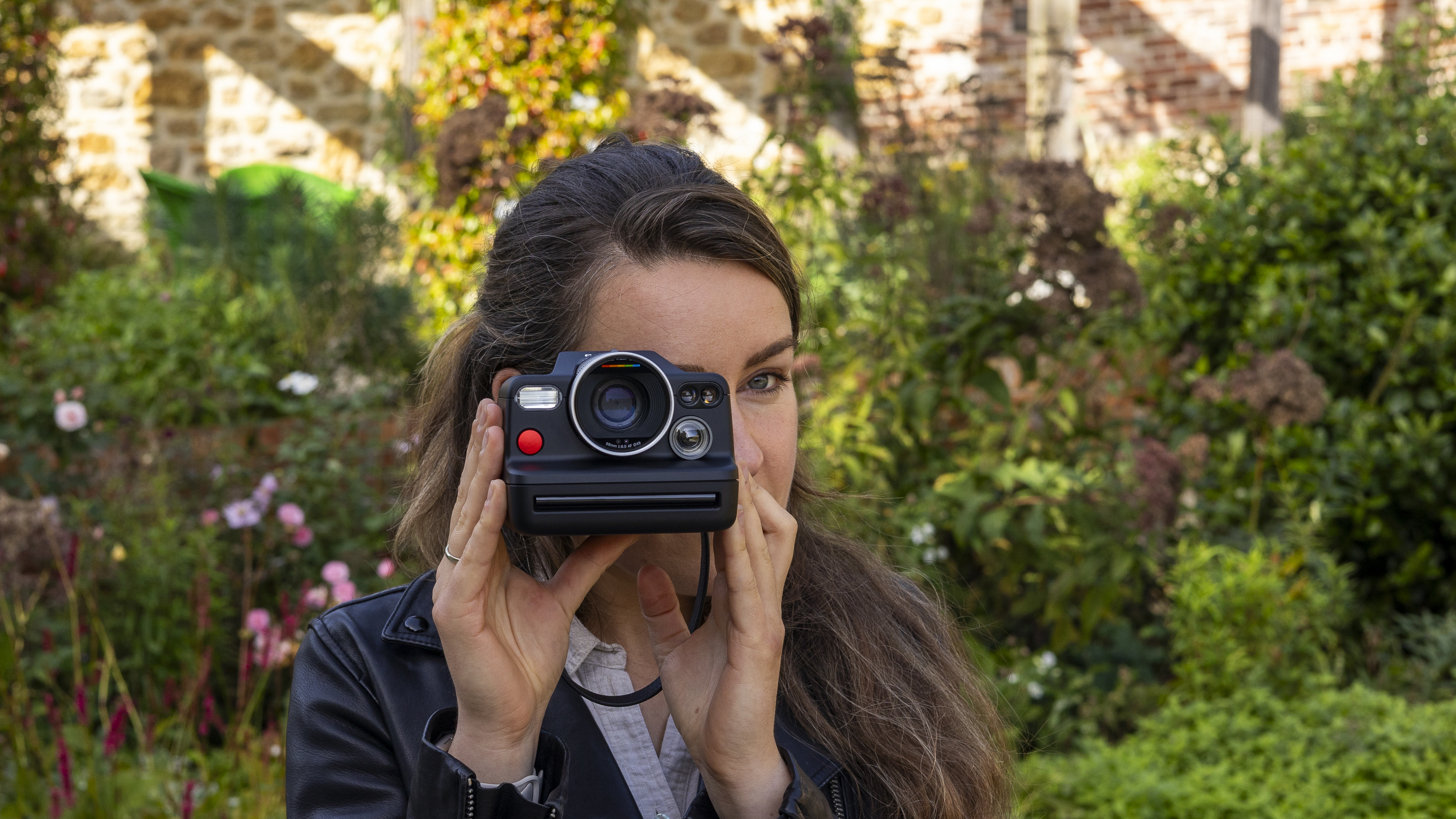
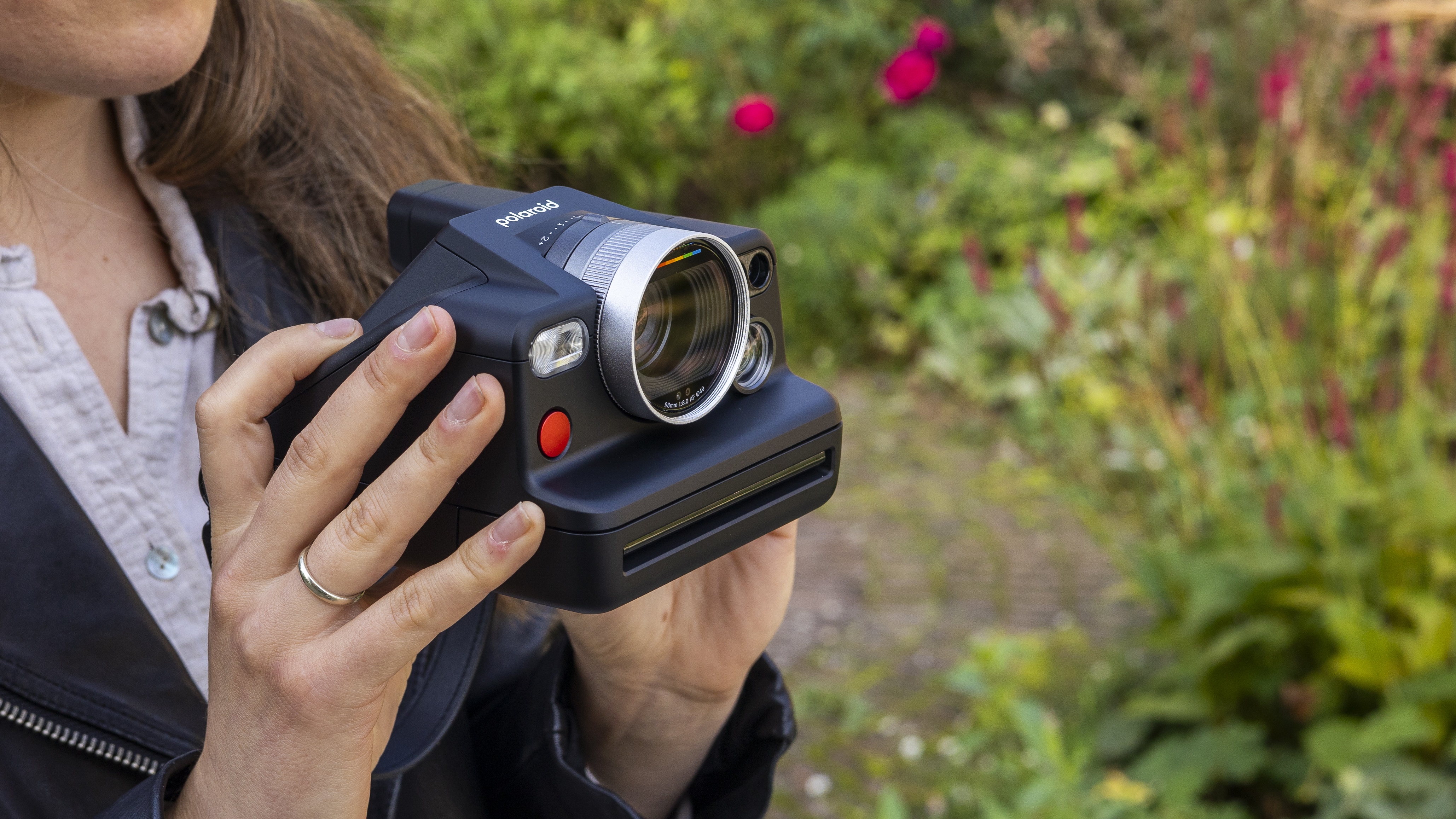

Polaroid I-2: Features
My experience of Polaroid comes mainly from my childhood in the 1990s, and a camera I bought off eBay while at university in the early 2010s. Even then, as an early hipster just starting to learn about film processing, I loved the analog aesthetic and tactile process, and the fact that I could peg the prints from my fairy lights; as a student, though, I didn't love the cost of the film. With the Polaroid I-2, all of these things still ring true, but now there's a real sense of control over how the prints turn out.
The main selling point of the I-2 is its manual exposure controls. It offers the choice of Auto, Shutter Priority, Aperture Priority, Manual, Multi-Exposure (up to four exposures in one shot), and Self Timer modes. The aperture ranges from f/8 to f/64, while the shutter speed range is 1/250 sec to 30 seconds. This isn't a camera for fast action, but the ability to toggle through settings does bring versatility to the subjects you can shoot.
The I-2 has an exposure compensation dial that allows you to add plus or minus two stops to the camera meter's reading, in third-stop increments. The compensation, aperture and shutter speed are displayed in the viewfinder, while the latter two settings also show up on the camera's outer screen. You'll also see a hand icon in the bottom of the viewfinder if the camera thinks your shutter speed is slow enough to cause camera shake.
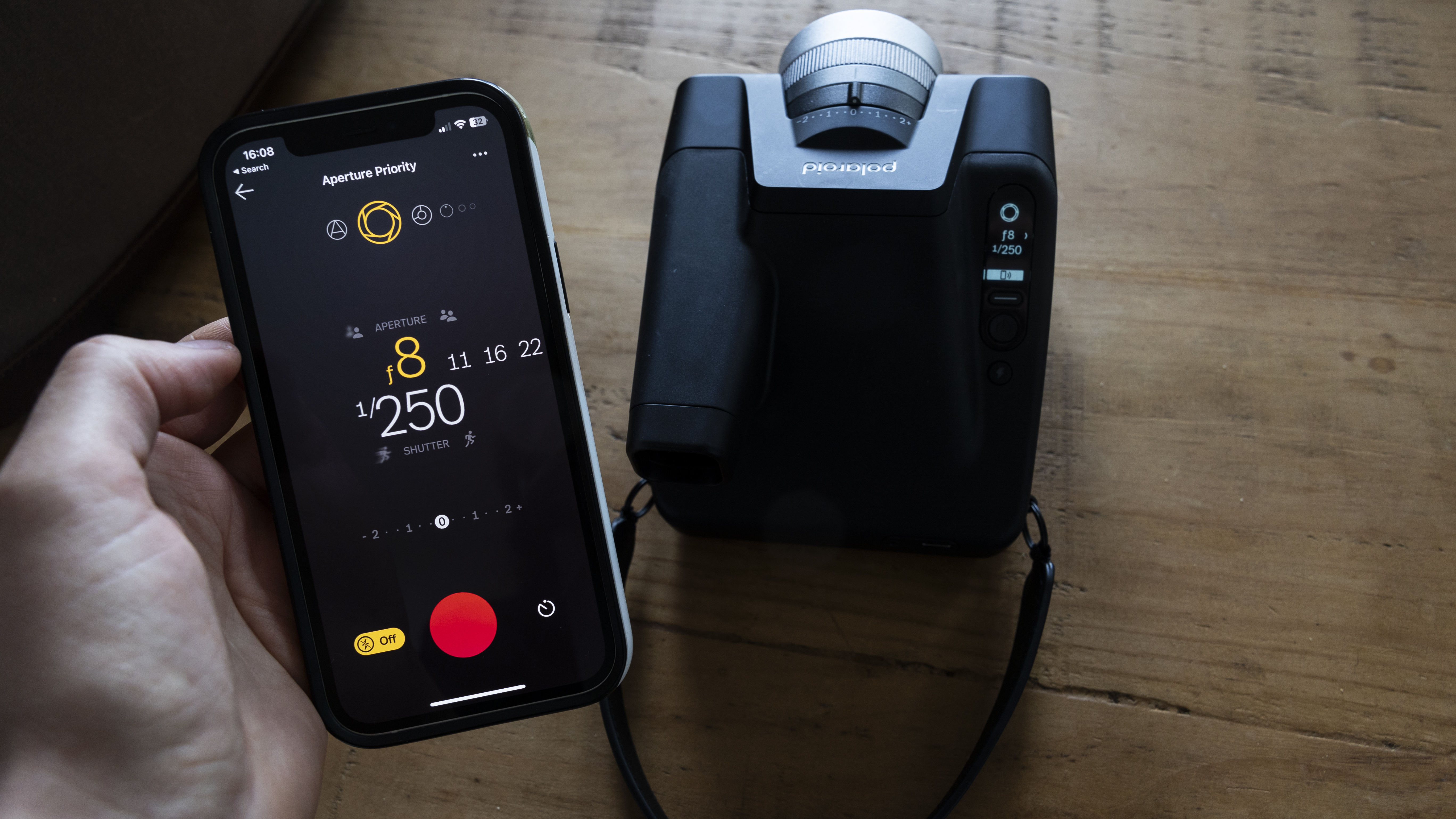
Autofocus is another standout feature of the I-2. Granted, it's center-weighted, and you only get one AF point located in the center of the frame, but the LiDAR (light detection and ranging) technology is surprisingly effective. It locks onto near and distant subjects – the range is approximately 0.4 meters to infinity – in lower light as well as in good light. In practice, you half press the shutter down to focus, then press it fully to take the shot. The stepping motor driving the focus can be noisy and high-pitched, but I found this oddly reassuring as someone who grew up with a dial-up modem. It's a three-lens autofocus system, and the focal length is fixed at 98mm.
The I-2's internal lithium-ion battery can be recharged via USB, and Polaroid says a full charge will last for up to 15 packs of film (that's 120 shots at eight photos per pack). I only got the chance to shoot through four packs of film when testing, and during that time the juice had drained by around 25%, which was impressive.
In terms of connectivity features, the I-2 features Bluetooth, meaning it can pair seamlessly with the Polaroid app (iOS and Android). I found this quick to download, quick to connect and pick up the camera, and intuitive when it came to changing settings. The app is also useful for remote operation with the camera on a tripod.
Before you start snapping, I’d recommend looking over the paper pullout that Polaroid supplies in the box, as it covers menu navigation and buttons. Given that i-Type film is upwards of $2/£2 a sheet (the camera also works with 600 film), you’ll want to know exactly what everything does so that you don’t waste any.
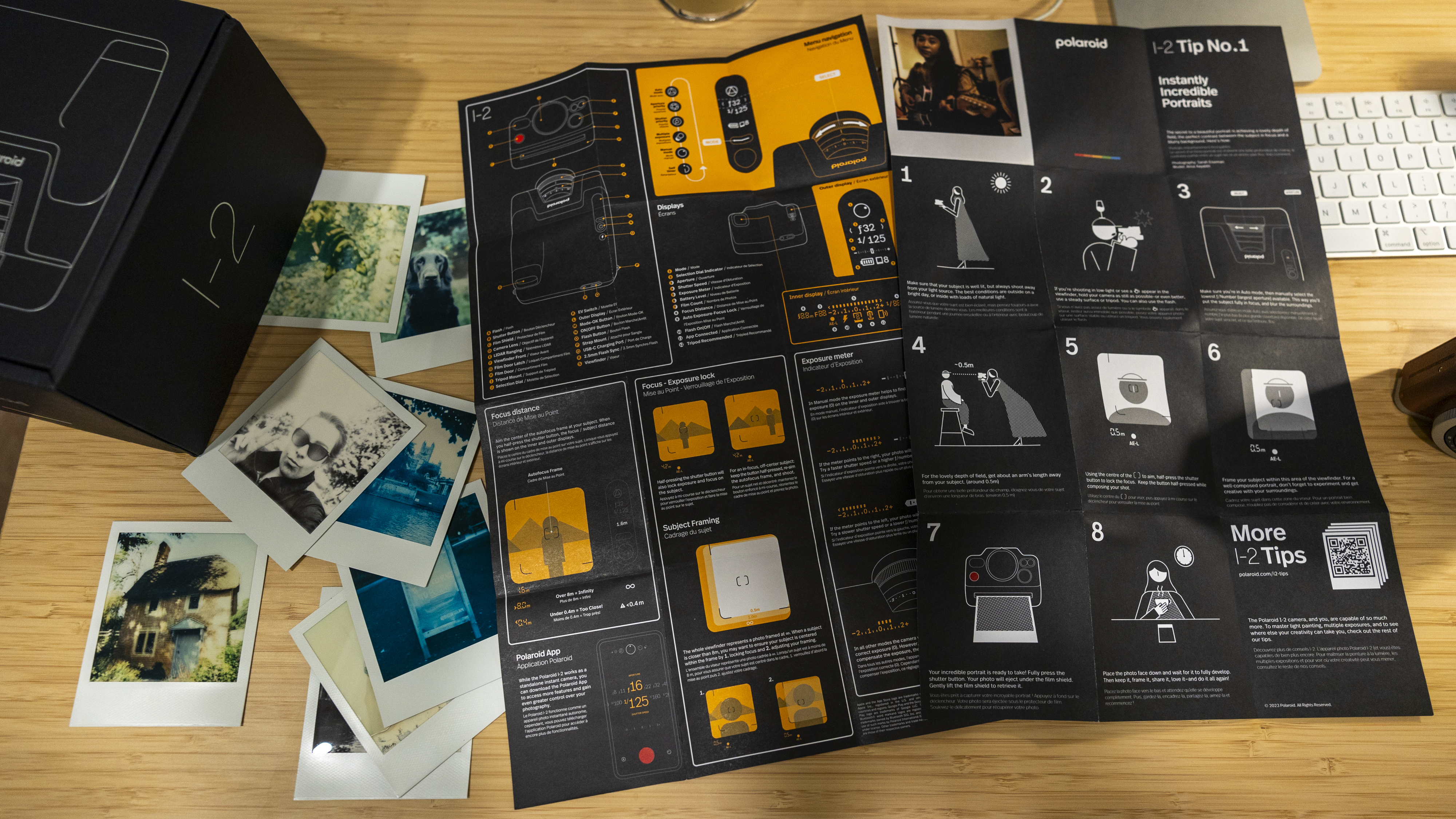
Polaroid I-2: Build and handling
The Polaroid I-2 is markedly bigger and heavier than its cheaper siblings. It's made mostly from a matte-gray impact-resistant plastic and some metal elements, and it feels premium and durable. However, I wouldn't want to drop it from any great height, or use it outside in anything other than light rain.
There’s nothing too complicated about the body itself. On the front you'll find the pronounced red shutter button, the flash, the viewfinder front, and a slot for the film to eject out of. Looking at the I-2 top-down, there's an outer display, a thin button to toggle through the different modes, a power button and a flash button, all of which are nicely responsive to touch.
You can connect an external flash via the 2.5mm flash sync port at the back, which is next to the USB-C charging port. The large viewfinder is also at the back, while underneath there's a tripod mount. On the lens itself, you get the exposure compensation switch, plus the selection dial for settings. Again, both of these are responsively clicky, although once or twice I did nudge the exposure compensation switch by accident.
Subjectively, the I-2 looks suave, but I generally found it too big and cumbersome to use with one hand; with two hands and the included wrist strap, shooting was a more comfortable and secure experience. Polaroid also gives you a plush cloth pouch to protect the I-2 when it's stowed away, but if I were to frequently chuck the camera in a bag I'd want to invest in a hard case to save it from knocks.
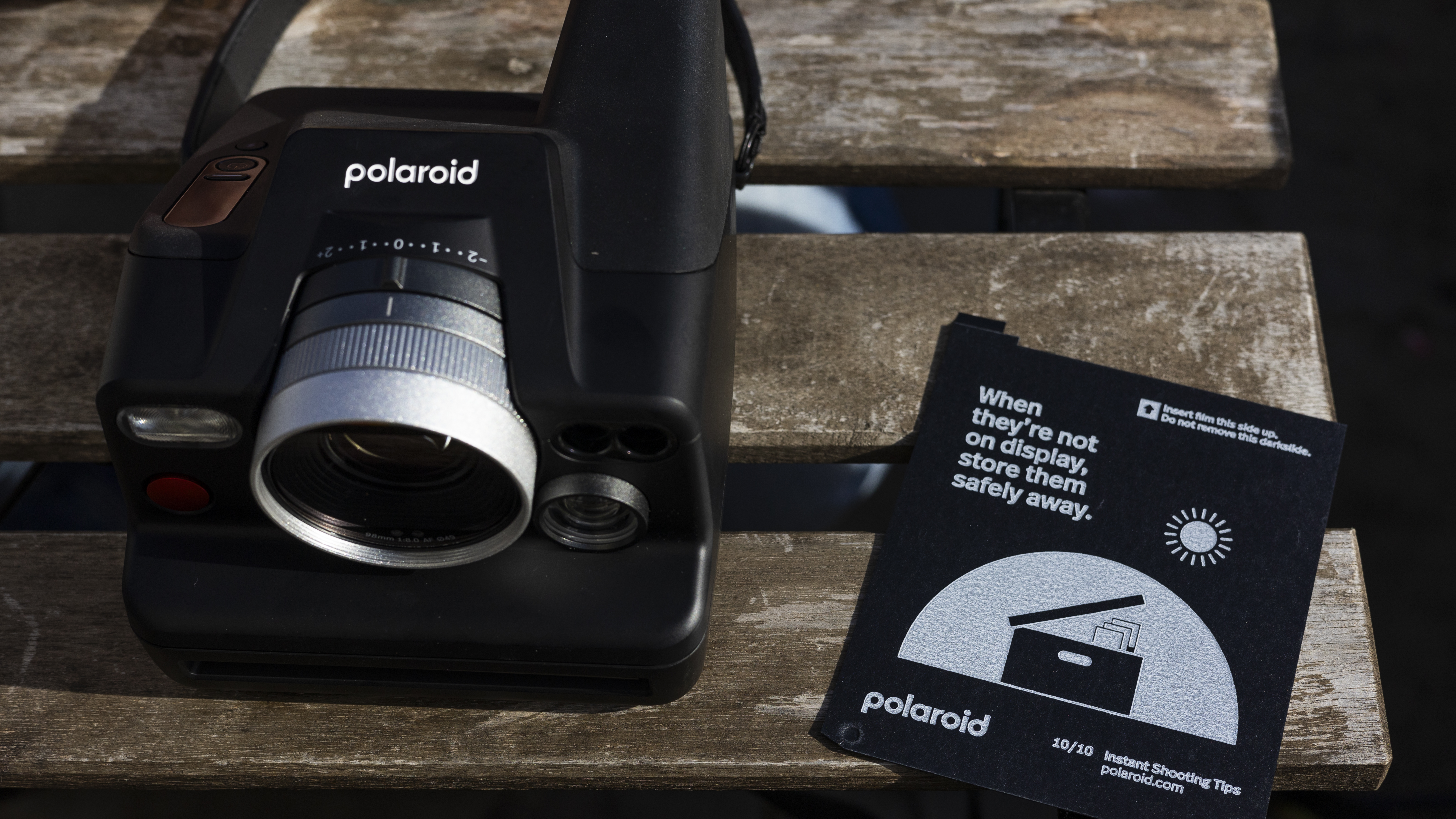
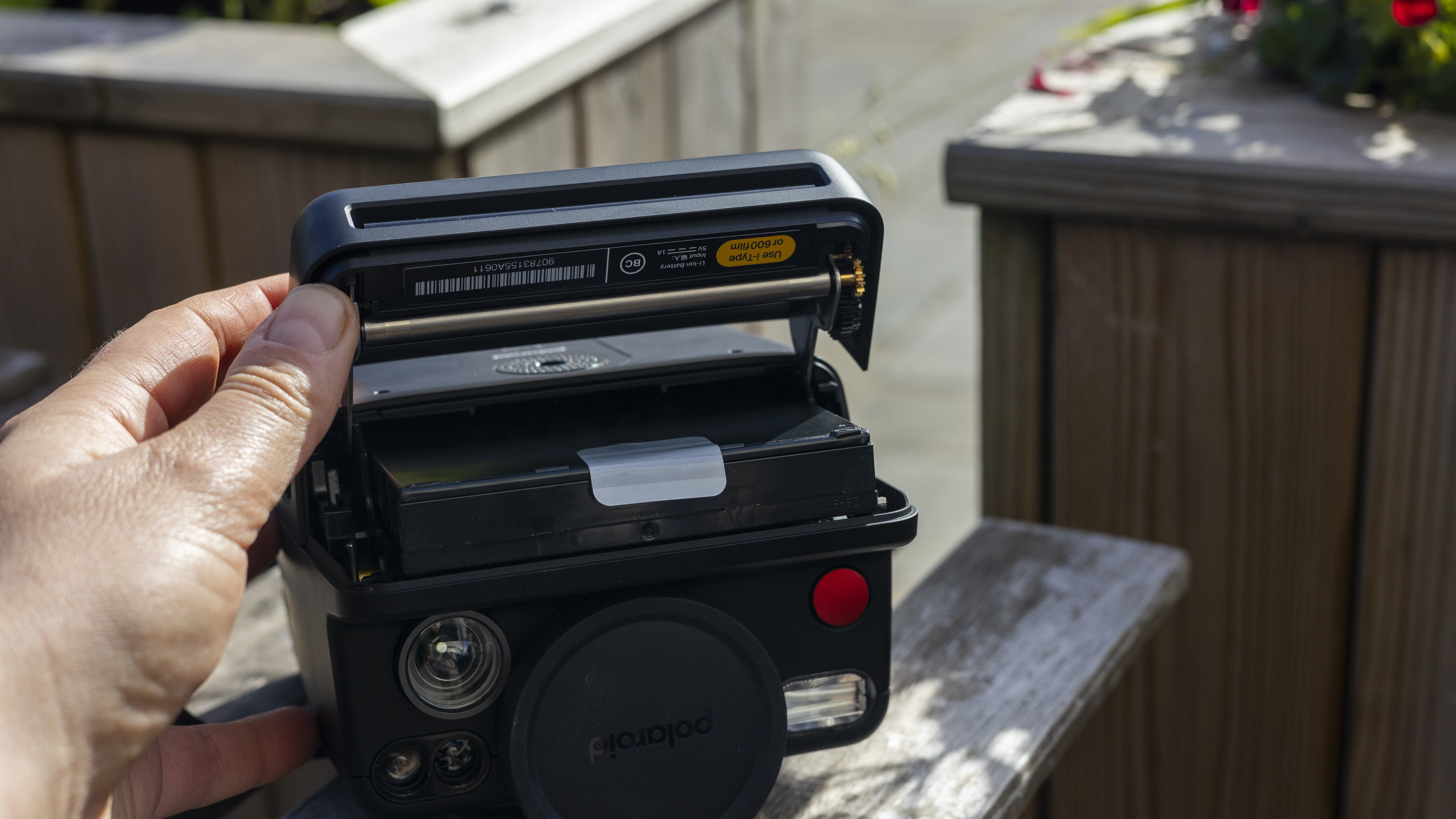
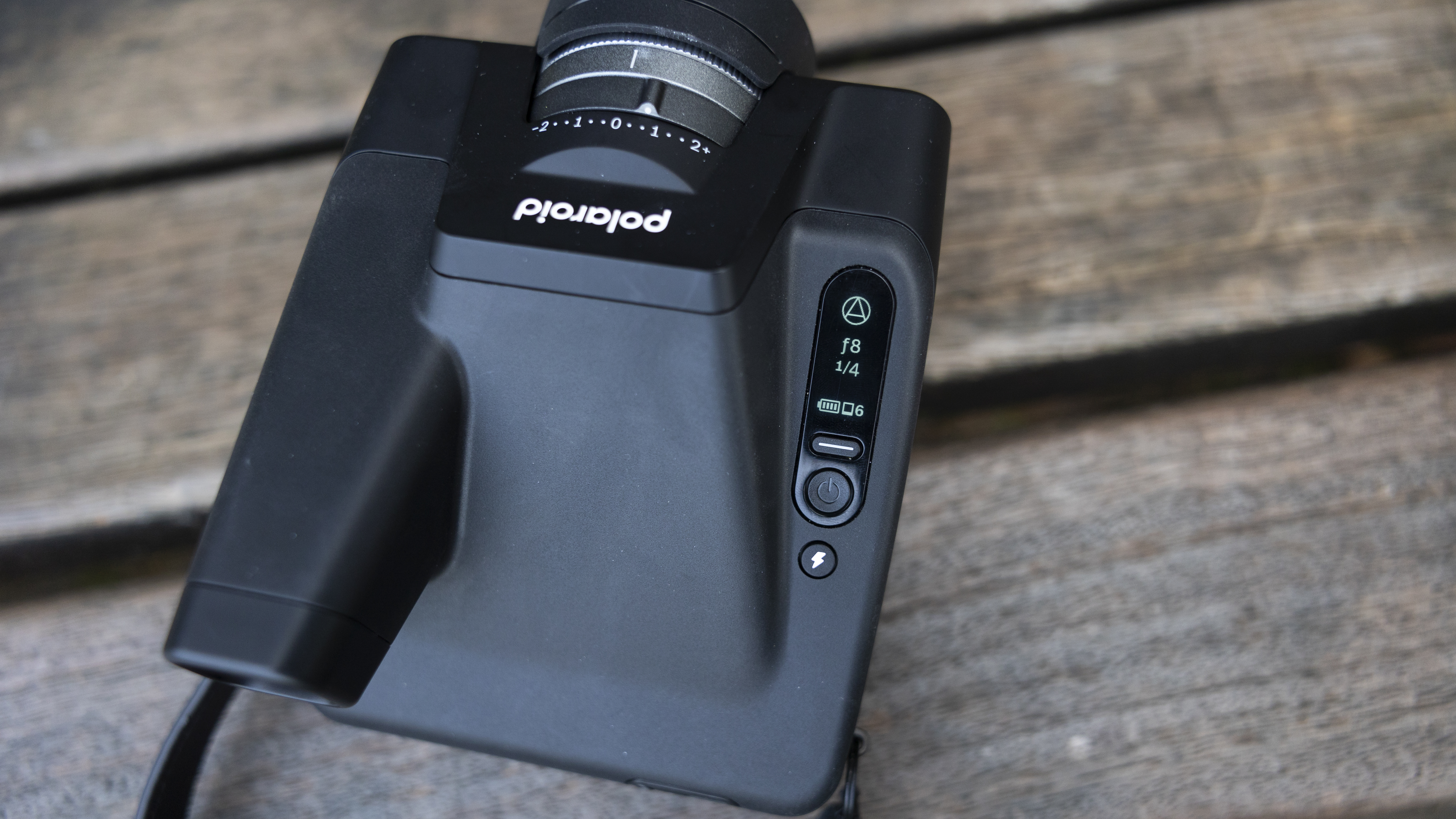


Polaroid I-2: Image quality and performance
The Polaroid I-2 is aimed at a pro-grade audience, or at least those who know their way around the exposure settings of a camera. So how is the image quality? What of the manual exposure controls? It's a slightly mixed bag, in my opinion.
The camera takes the newer I-Type Polaroid film – which matches the original Polaroid square format with the iconic white frame – as well as 600 film for vintage-era cameras. The prints take around 15 minutes to develop, and it's vital that they're stored in a dark place (the film box works well here) or face down as they do.
When I was shooting in automatic exposure mode and flat, overcast lighting or soft sunshine, the color reproduction of prints was pretty much as I expected from the Color I-Type film. The tones were even, desaturated and subtle (calling them washed-out sounds too negative), with that characteristic 'vintage' look that lovers of instant cameras tend to enjoy. My Instax prints are generally a little more punchy, but it's a close contest between the two, and largely subjective.
When I added the flash into the mix for auto-exposure shots, the I-2 handled a mix of flash and ambient light capably, but it didn't always get the metering right. I know that Polaroid suggests shooting away from direct light, and that makes sense – its metering isn't advanced enough to cope with backlighting. But even in softer autumn light in the UK, I found that a lot of my pictures were overexposed. With the film being as expensive as it is, you don't really want to fire off several prints with exposure compensation to find out which one is best, and at times I struggled to trust the I-2's built-in meter.
I'm someone who shoots almost constantly in Aperture Priority or Manual mode with my mirrorless camera, and so I took to these modes on the I-2 more easily than a beginner might do. I learned to boost the exposure when photographing my black dog, for example, or dial it down in bright sun. A certain level of trial and error was still required, although I think over time you'll learn exactly what works with the I-2 – albeit after spending a large amount on film to get there.
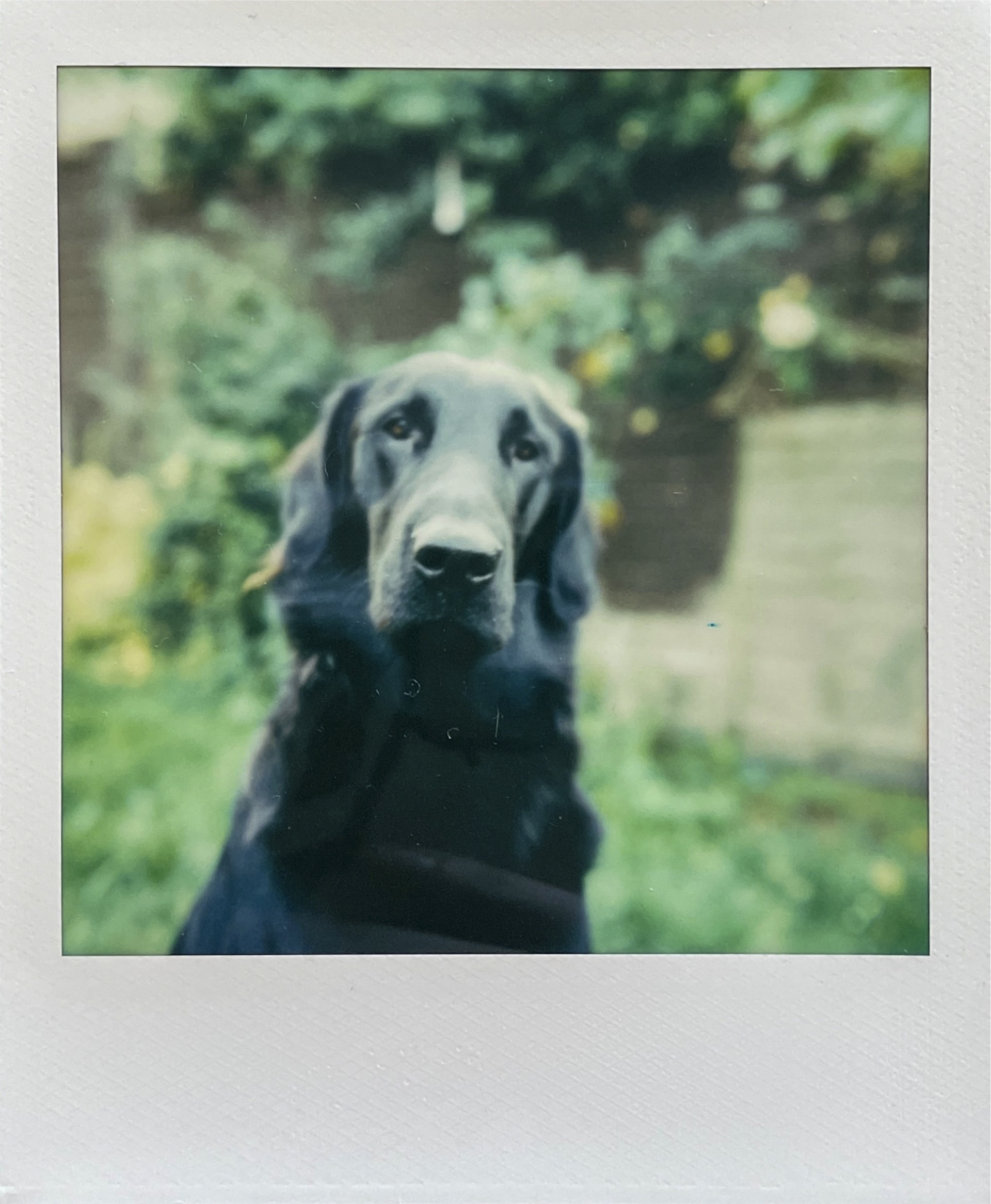
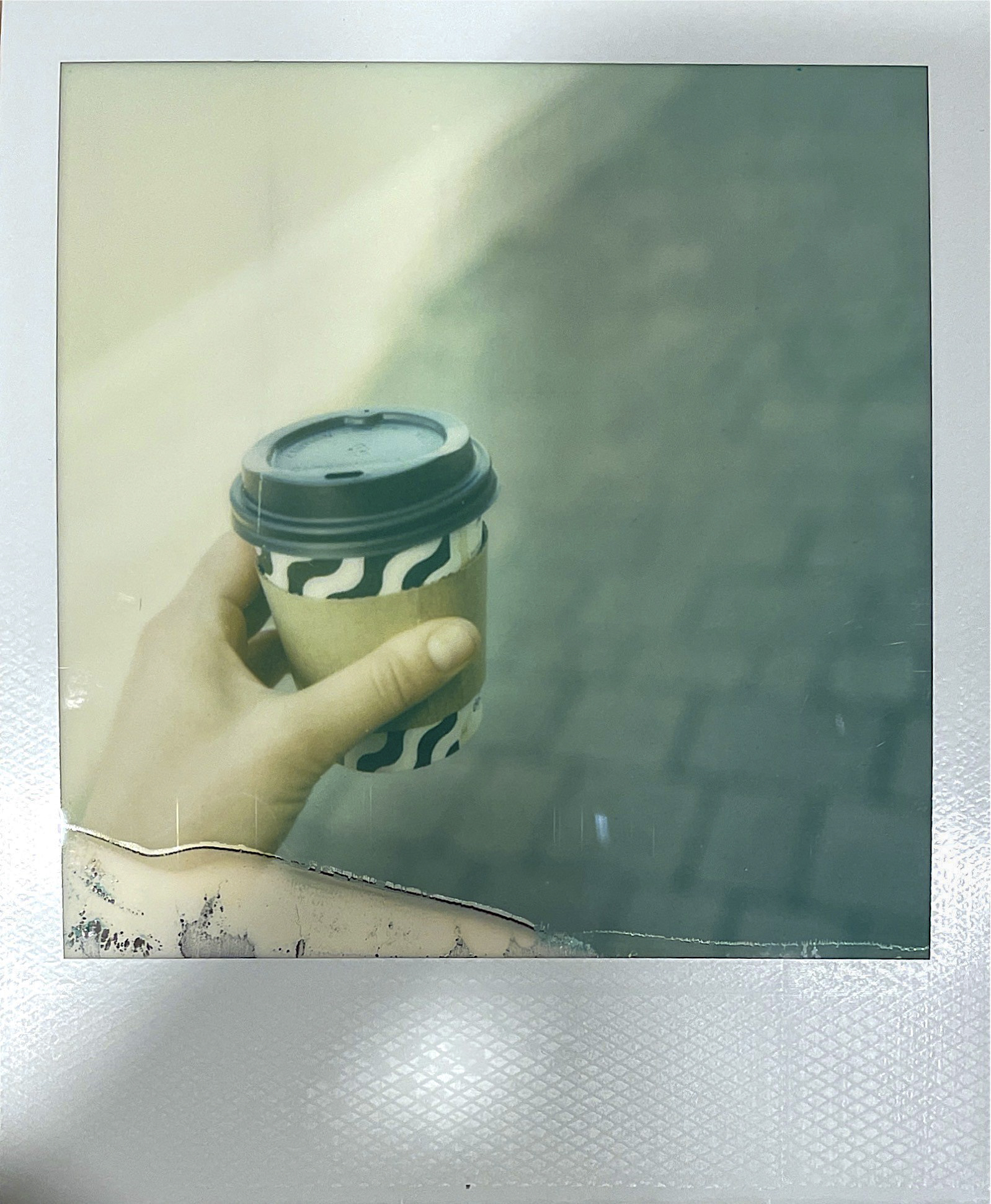
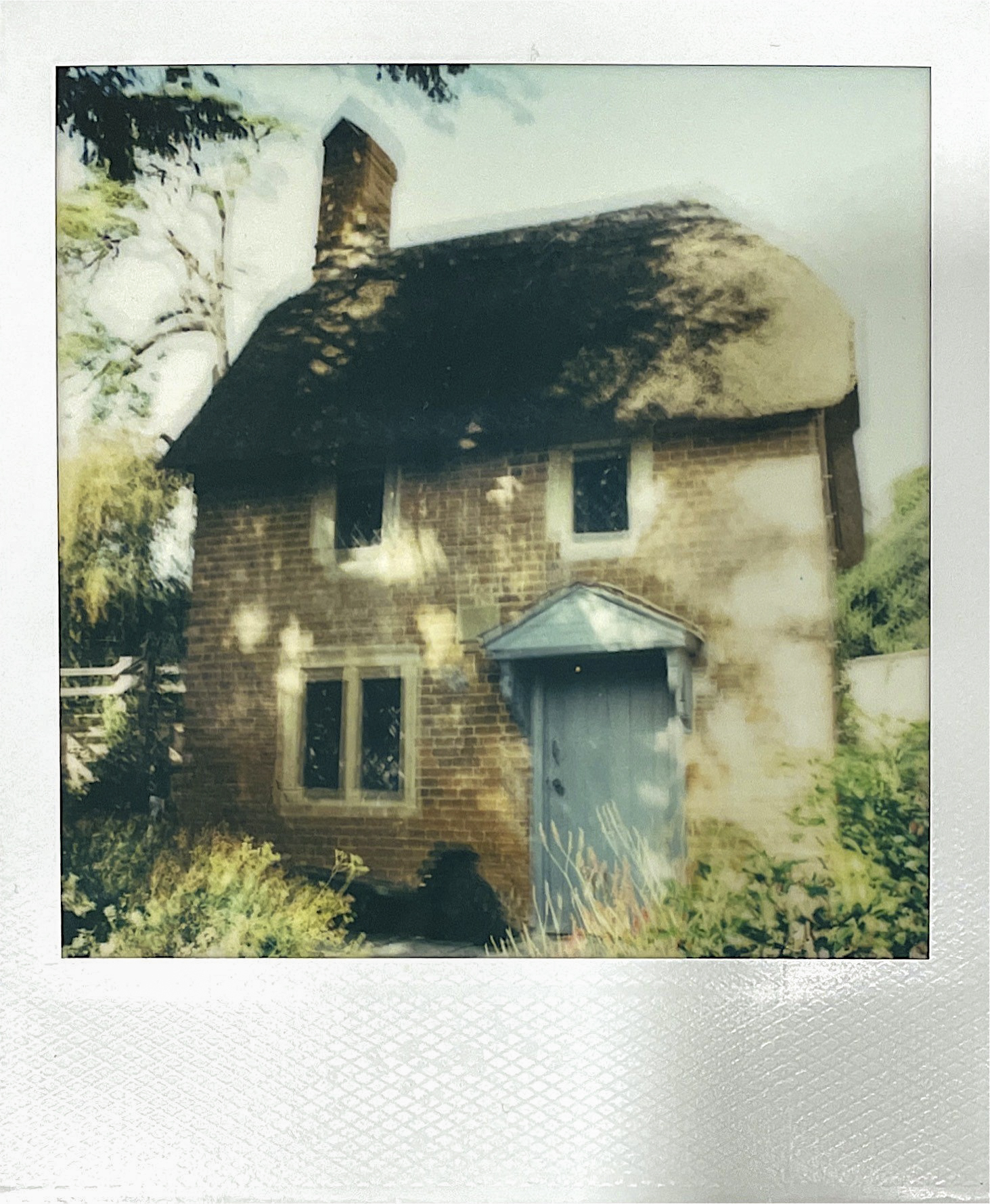

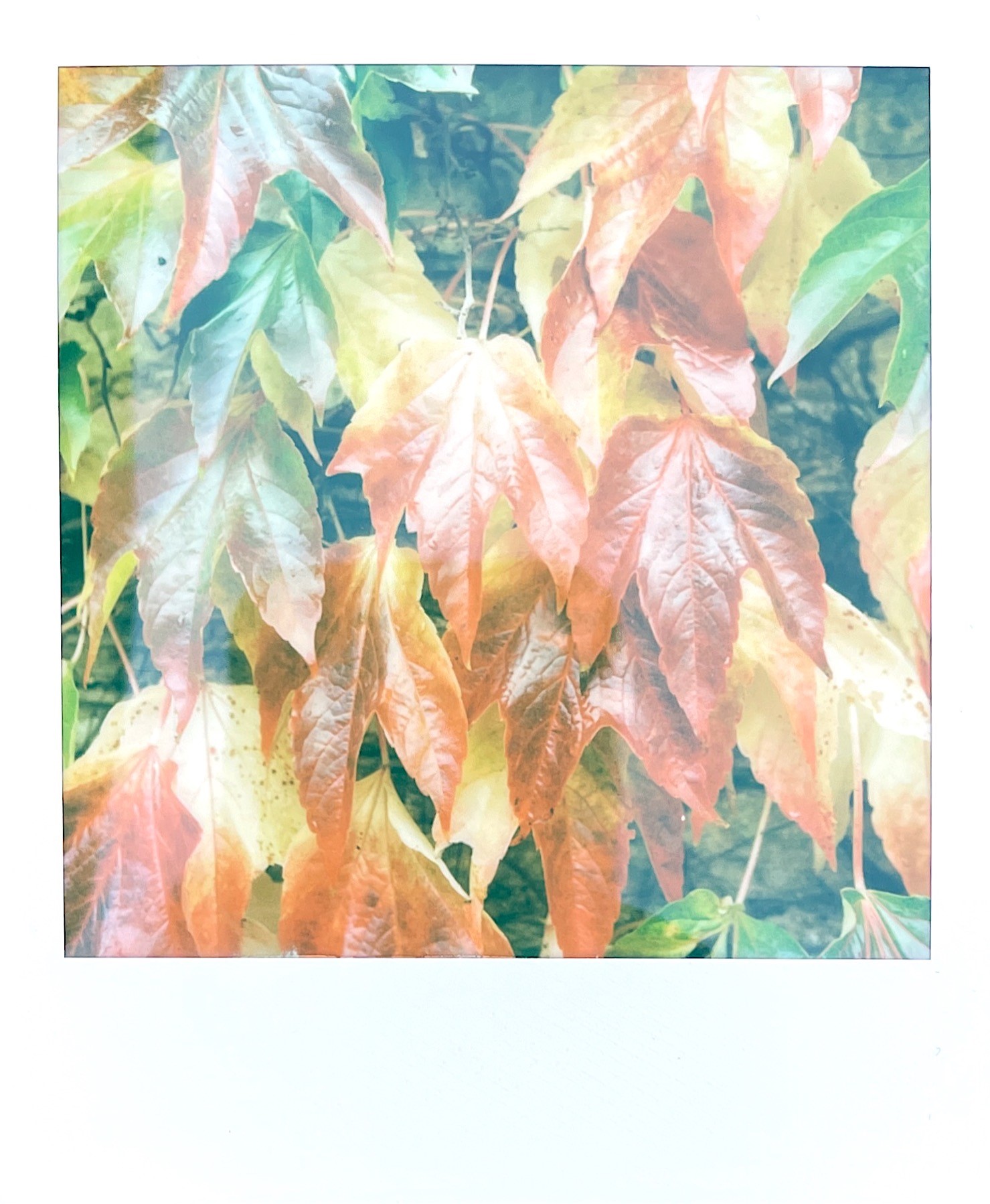
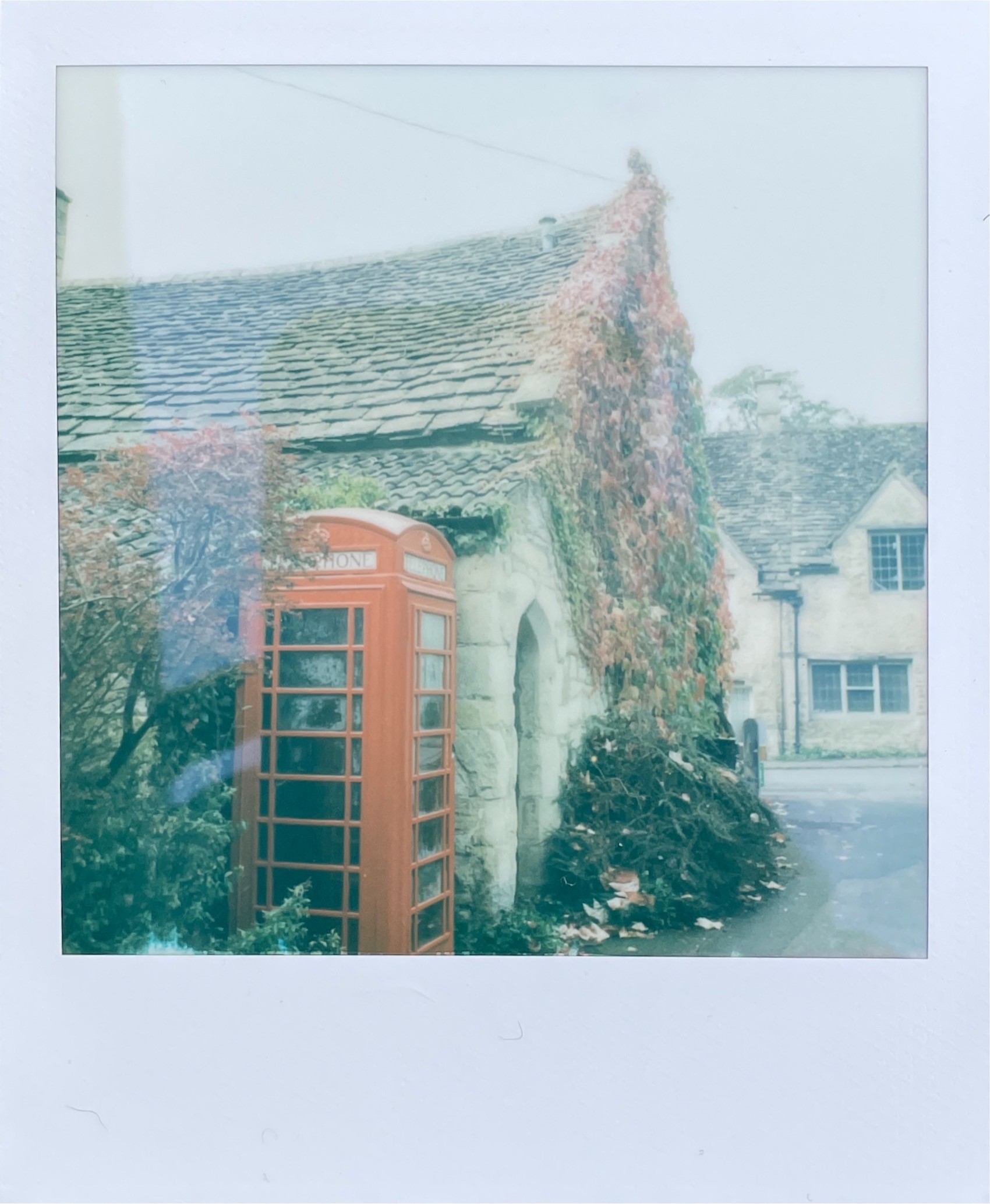
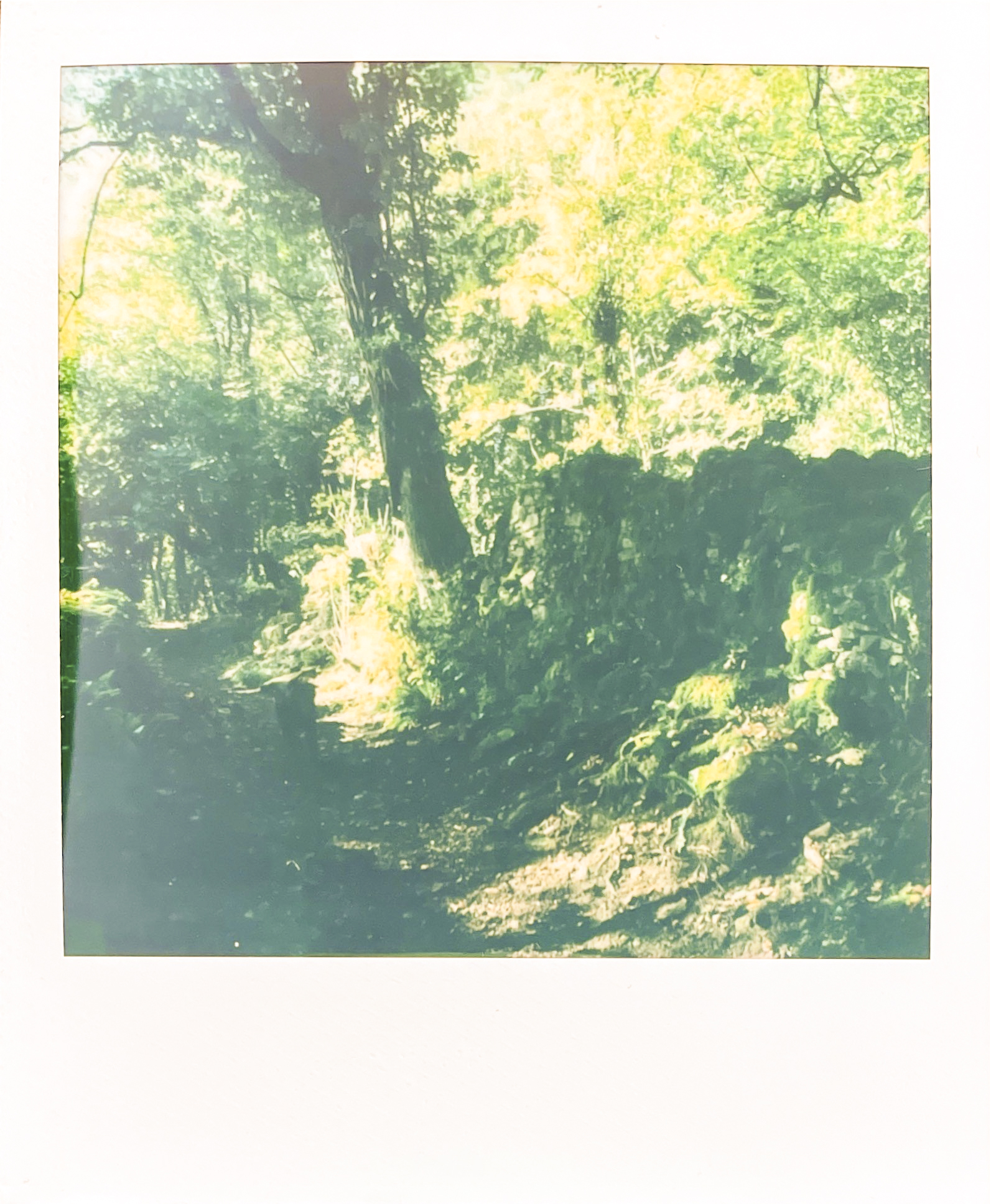


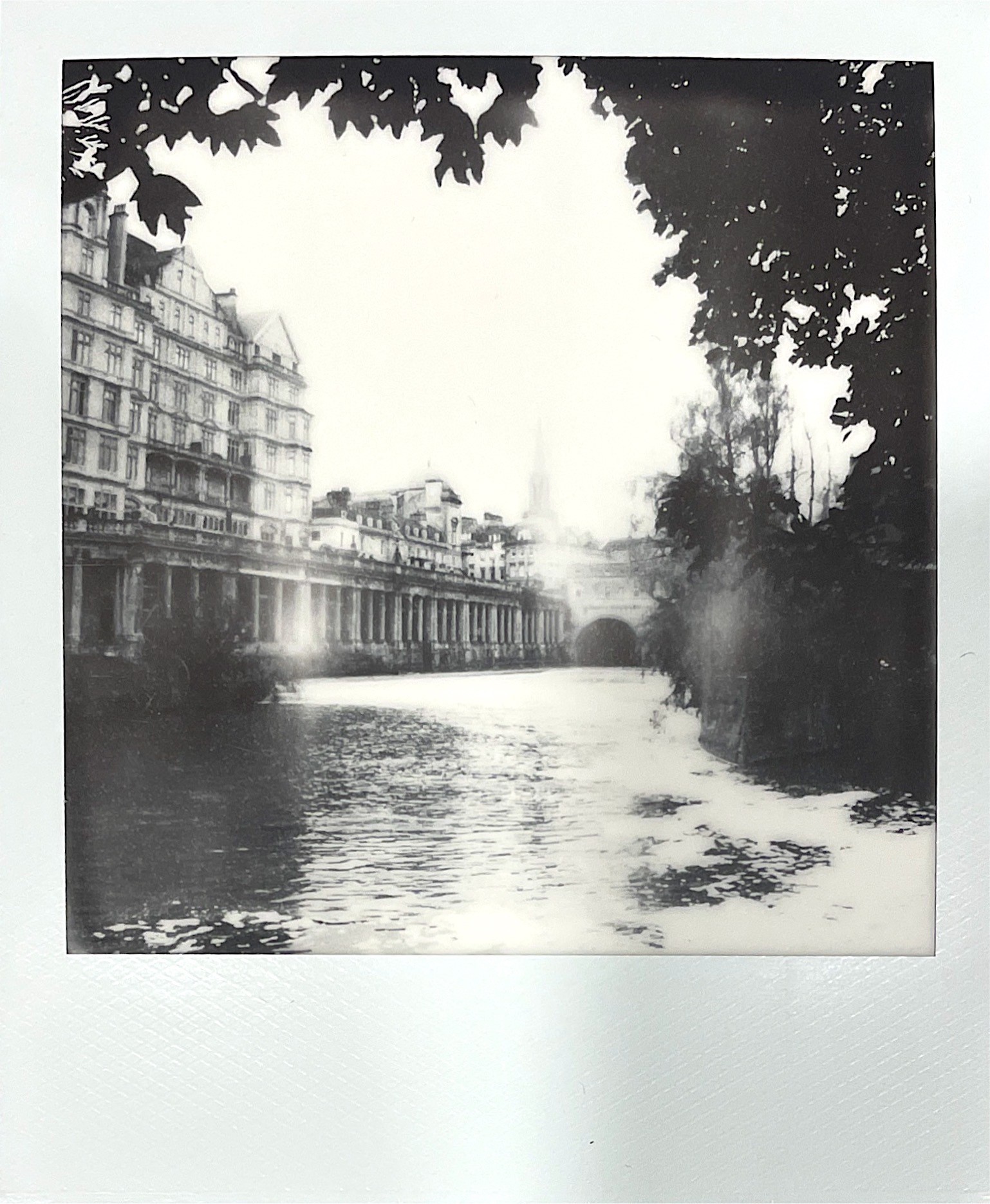

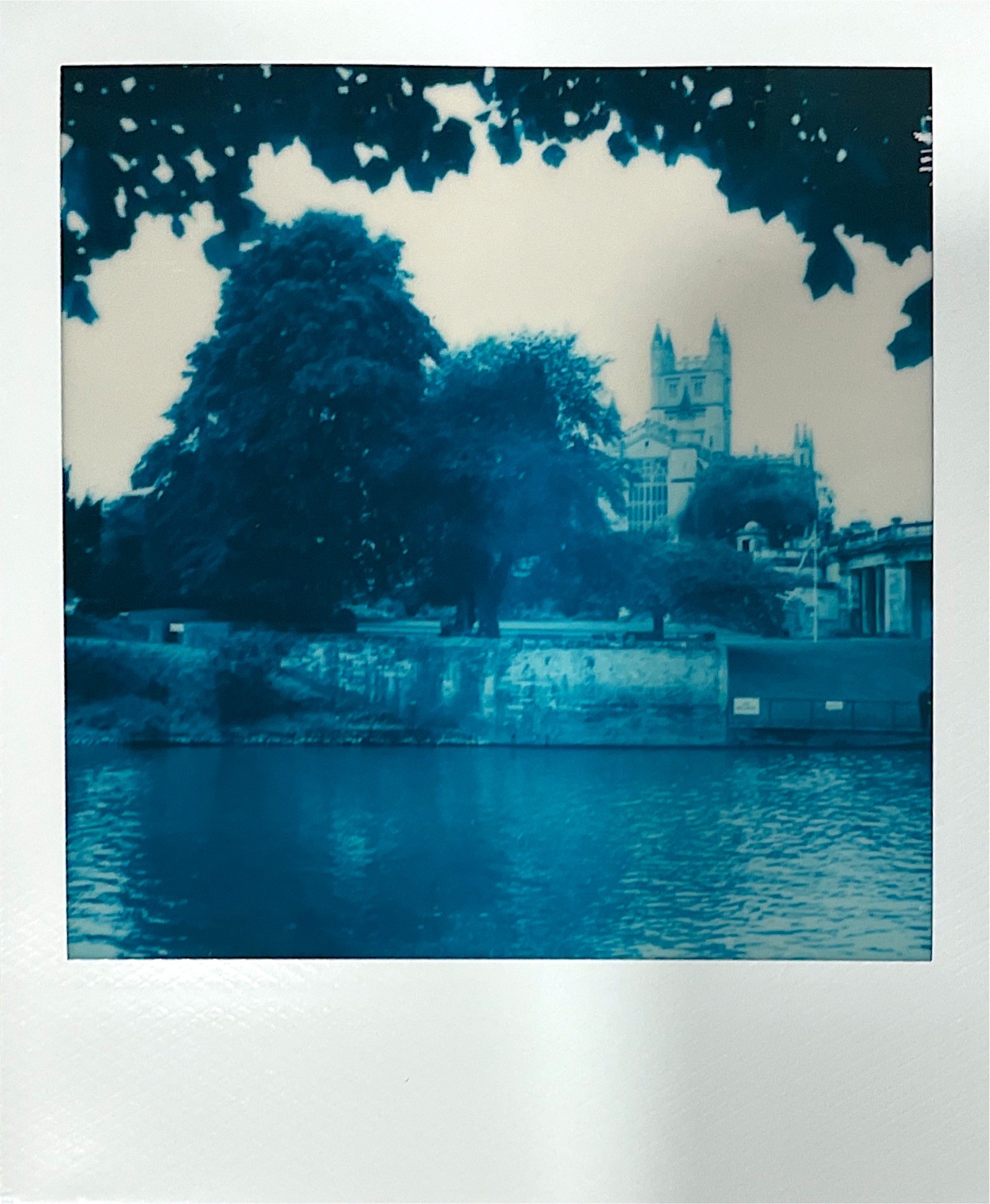
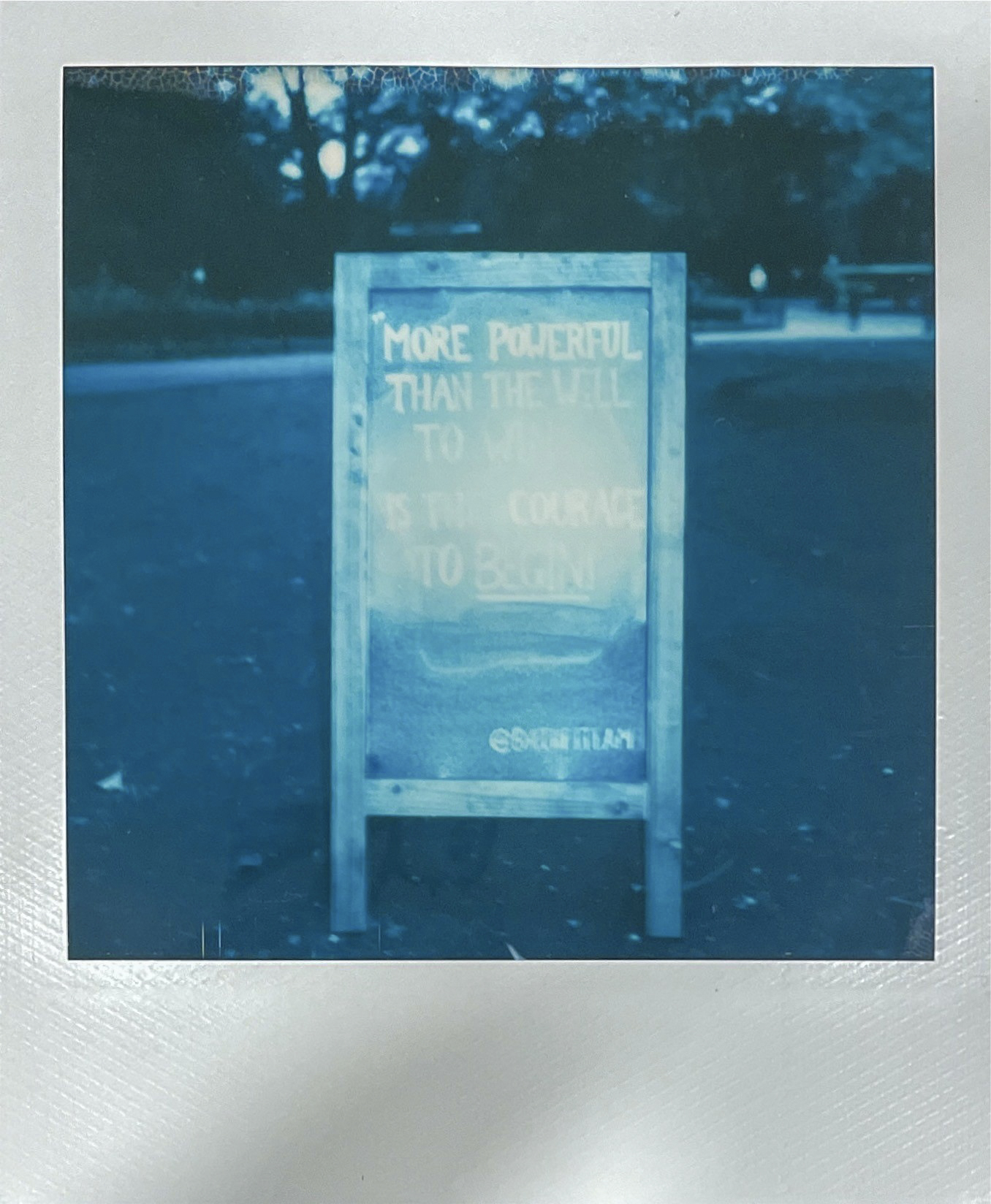
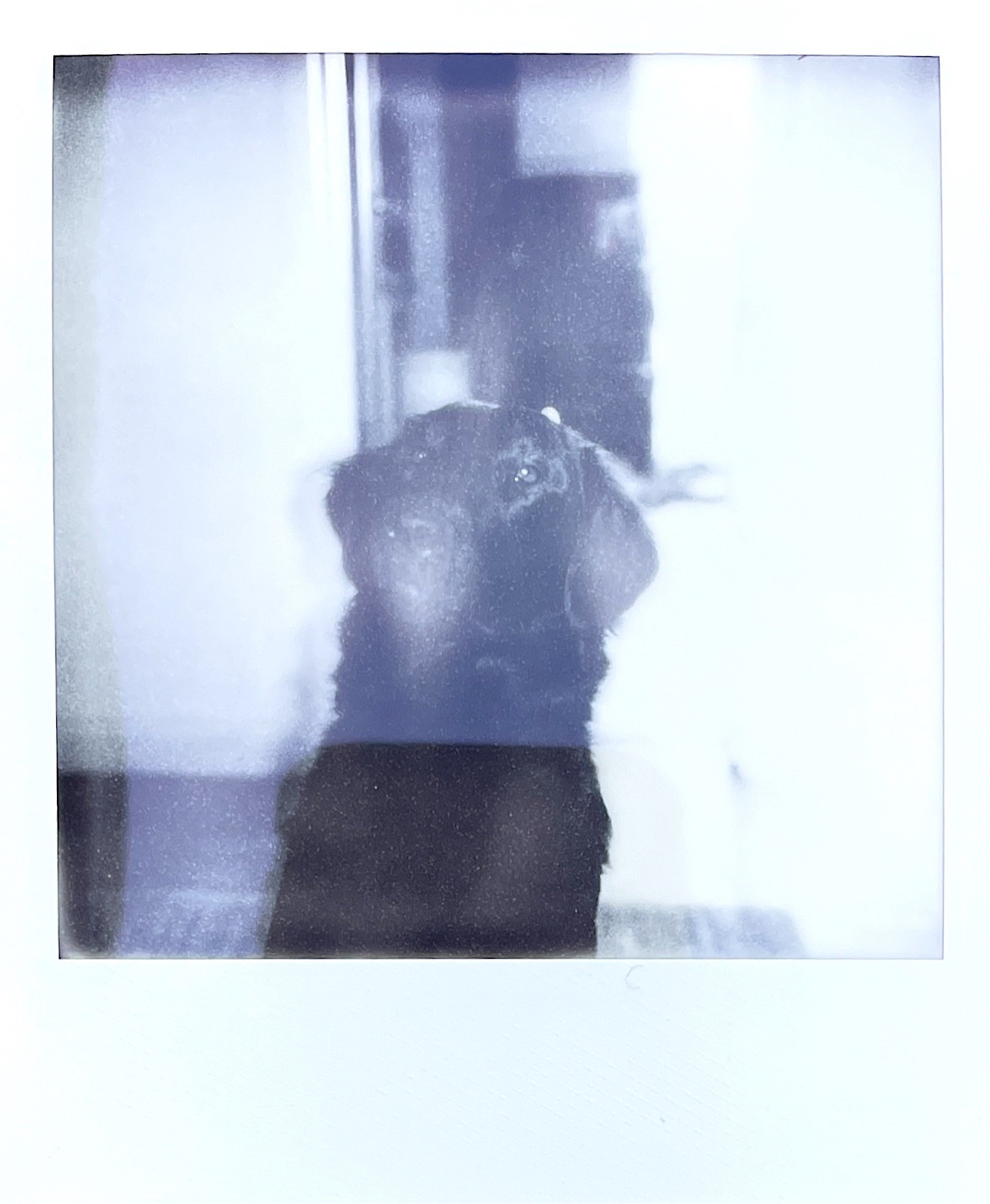
The autofocus is pretty much spot-on, as I've already alluded to. When composing the frame through the viewfinder – which can be susceptible to some glare – you just need to make sure your subject is bang in the center of the frame. It helps that when focus is achieved, the distance is shown in both the viewfinder and the display. In any instances where my photo wasn't sharp, it was due to a too-slow exposure.
I'm also pleased to report that the multiple exposure mode works brilliantly, with the Polaroid I-2 calculating the correct exposure depending on how many frames you choose. The self-timer option also went without a hitch, which makes it easy to shoot selfies and group shots.
I also tested the Polaroid I-2 with B&W i-type and Blue 600 film. The monochrome prints were low-grain and quite gentle, yet (when exposed correctly) had a surprisingly full range of tones. I'll be spending more time refining my results in black and white, but I'm pleased overall, and I think photographers who want low-noise prints will be too.
The Blue 600 film is made from reclaimed material from Polaroid's manufacturing process, and as the name suggests it gives striking blue colors. Again, this won't be to everyone's tastes, but it's totally wacky, experimental and great fun, and I can see it being popular for urban scenes and out-there portraits.
Should I buy the Polaroid I-2?
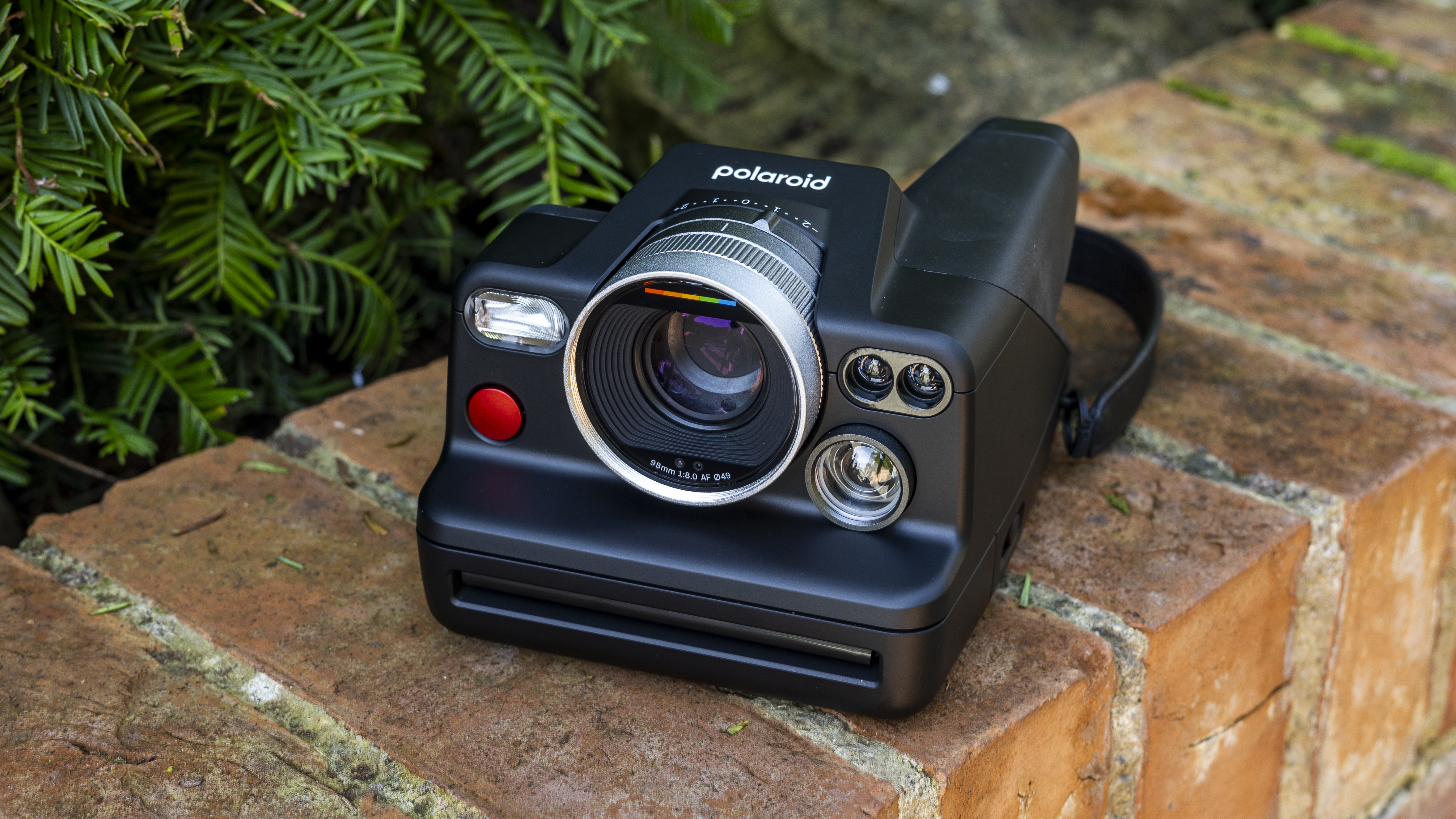
Buy it if...
Don't buy it if...
Polaroid I-2: How I tested
I tested the Polaroid I-2 camera over a period of two weeks, and used it to capture a range of real-life scenarios. I took photos in a formal garden, in coffee shops, on dog walks, and in the busy city where I live, as well as in a range of varied lighting conditions, from low light to bright sunshine. I experimented with different three film types: Color I-type, B&W I-type and Reclaimed Blue 600.
Given that the I-2 is distinguished by its full manual controls, I took test shots with the camera in Manual exposure mode, as well as using the other exposure modes and the multiple exposure feature. I also turned the flash on and off to see how the camera handled the balance of flash and ambient light. For several shots, I paired the I-2 with the Polaroid smartphone app to test the Bluetooth connectivity and effectiveness of the app, also using this app to digitize my photos.
- These are the best instant cameras you can buy right now
First tested October 2023.
0 comments:
Post a Comment